Radar recognition system based on XG-Boost
DOI: 10.23977/jeis.2024.090116 | Downloads: 26 | Views: 1088
Author(s)
Hongxiang Luo 1, Jianxin Guo 1, Pengxi Fu 1
Affiliation(s)
1 School of Electronic Information, Xijing University, Xi'an, 710109, China
Corresponding Author
Jianxin GuoABSTRACT
With the development of science and technology, radar recognition has gradually entered our lives. With the introduction of deep learning technology in the field of radar recognition, with its strong automatic feature learning ability and end-to-end processing advantages, its recognition accuracy has been further improved. Based on this, a radar recognition system based on XG-Boost is proposed in this paper. The system was used to identify five different materials: air, books, hands, knives and plastic boxes. After a series of experiments, it is found that the recognition accuracy of XG-Boost algorithm is as high as 97.8%, which is higher than the 96.4% of SVC algorithm and 92.8% of GaussianNB algorithm. And the XG-Boost algorithm has achieved 100% recognition rate for air, books, hands and plastic boxes. There was only an error in the identification of the knife.
KEYWORDS
Radar recognition, deep learning, XG-Boost algorithmCITE THIS PAPER
Hongxiang Luo, Jianxin Guo, Pengxi Fu, Radar recognition system based on XG-Boost. Journal of Electronics and Information Science (2024) Vol. 9: 117-123. DOI: http://dx.doi.org/10.23977/10.23977/jeis.2024.090116.
REFERENCES
[1] Dandan Gu, Yi Liao, Xiaobing Wang. Progress and Thinking of Intelligent Recognition Technology Guided by Radar Target Characteristics Knowledge[J]. Guidance & Fuze, 2022, 43 (04): 57-64.
[2] Marlin. Survey of Radar Target Recognition Technology[J]. Modern Radar, 2011, 33(06): 7.
[3] Pengcheng Guo, Jingjing Wang, Longshun Yang. Current status and prospect of radar ground target recognition technology [J].Aero Ordnance, 2022, 29(02):1-12.
[4] Asif N , Tariq A , Ghulam M , et al.A novel technique for detecting electricity theft in secure smart grids using CNN and XG-boost[J].Intelligent Systems with Applications, 2023, 17.
[5] Lina YANG, Kaixue YAO, Yong HE et al. Research on road condition sensing method based on SmoteEnn_XGBoost model [J]. Intelligent Computer and Application, 2021, 11(11):137-142+147.
[6] Miaomiao Li. Drug relocation prediction based on XG-B00ST and multiple data sources [J]. Software Guide, 2020, 19(02):110-113.
[7] Kangmo Jung. Support Vector Machines for Unbalanced Multicategory Classification [J].Mathematical Problems In Engineering, 2015, 1(1).
[8] Yingran S , Chandra G , Yang Y , et al.Recurrence prediction of lung adenocarcinoma using an immune gene expression and clinical data trained and validated support vector machine classifier.[J].Translational lung cancer research, 2023, 12(10):2055-2067.
[9] Yitou Li. Improved classification algorithm based on support vector machine[J].Computer System Applications, 2019, 28(10):145-151. DOI:10.15888/j.cnki.csa.007080
[10] Danling Chen. Research on fault diagnosis method of rotating machinery based on wavelet packet and support vector machine [D]. Jiangxi University of Science and Technology, 2010.
[11] Xin LIU, Haochen WANG, Yuhu HUANG. Recognition of telecom fraud information based on plain Bayesian classification [J]. Computer Age, 2023, (04):29-32+38. DOI: 10.16644/j.cnki.cn33-1094/tp.2023.04.006
| Downloads: | 12712 |
|---|---|
| Visits: | 494048 |
Sponsors, Associates, and Links
-
Information Systems and Signal Processing Journal

-
Intelligent Robots and Systems

-
Journal of Image, Video and Signals
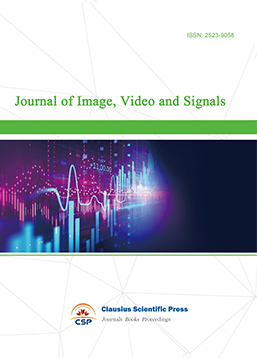
-
Transactions on Real-Time and Embedded Systems
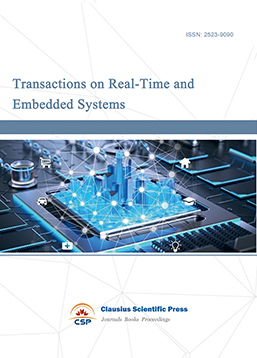
-
Journal of Electromagnetic Interference and Compatibility
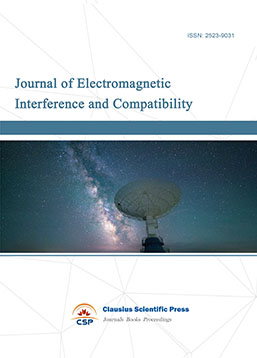
-
Acoustics, Speech and Signal Processing
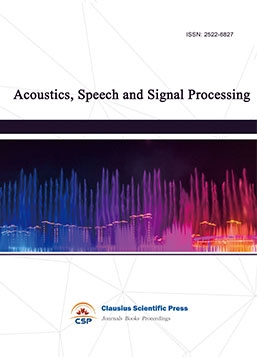
-
Journal of Power Electronics, Machines and Drives
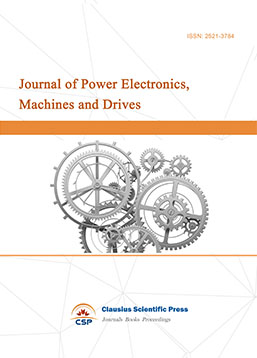
-
Journal of Electro Optics and Lasers

-
Journal of Integrated Circuits Design and Test
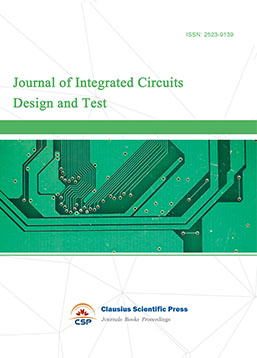
-
Journal of Ultrasonics
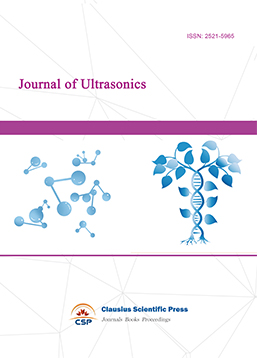
-
Antennas and Propagation
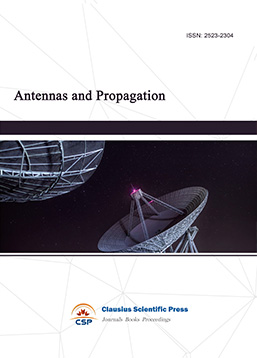
-
Optical Communications
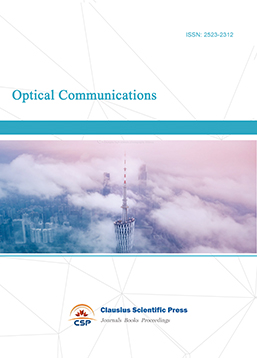
-
Solid-State Circuits and Systems-on-a-Chip
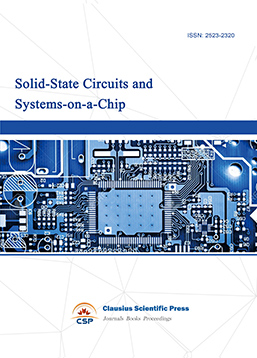
-
Field-Programmable Gate Arrays

-
Vehicular Electronics and Safety
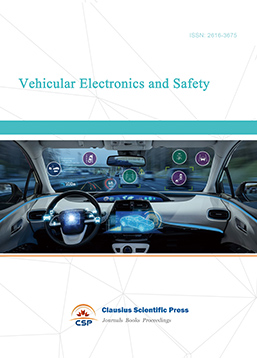
-
Optical Fiber Sensor and Communication
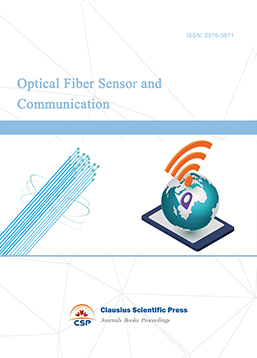
-
Journal of Low Power Electronics and Design
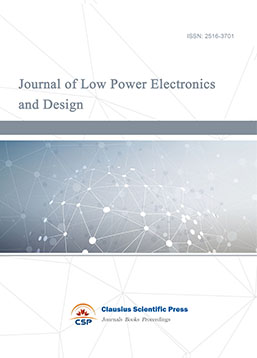
-
Infrared and Millimeter Wave
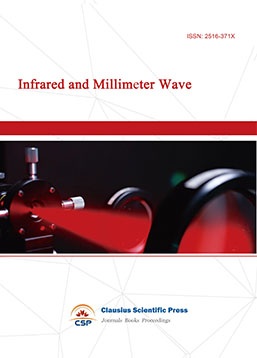
-
Detection Technology and Automation Equipment

-
Journal of Radio and Wireless

-
Journal of Microwave and Terahertz Engineering
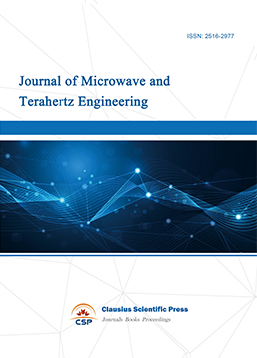
-
Journal of Communication, Control and Computing
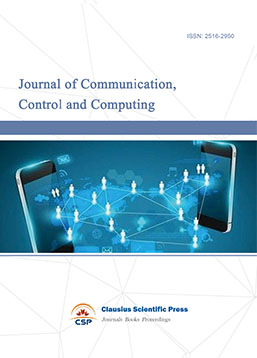
-
International Journal of Surveying and Mapping
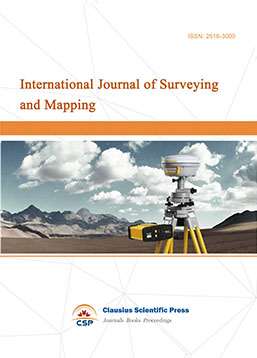
-
Information Retrieval, Systems and Services
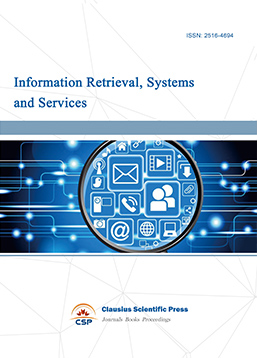
-
Journal of Biometrics, Identity and Security

-
Journal of Avionics, Radar and Sonar
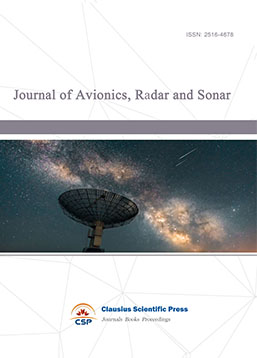

 Download as PDF
Download as PDF